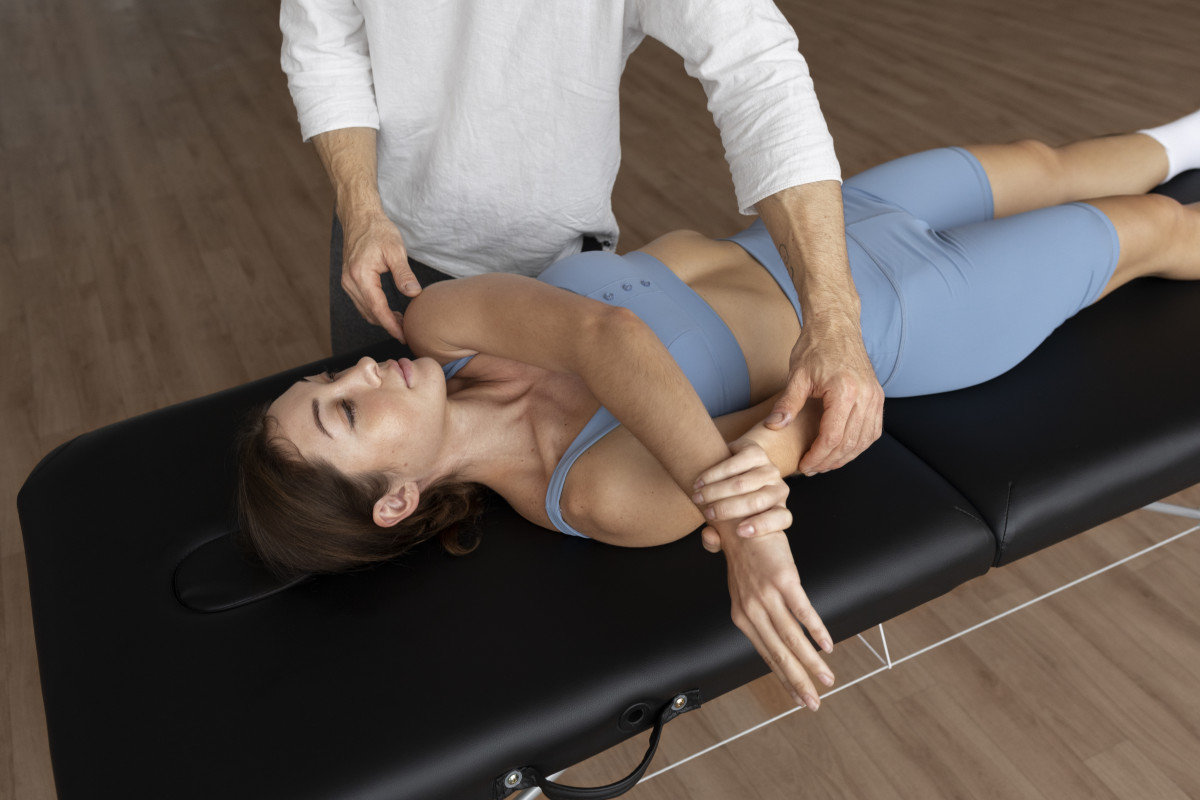Introduction
Injuries can disrupt not only our physical health but also our overall well-being. Taking a proactive stance towards injury prevention is crucial for leading a healthy and active lifestyle. In this guide, we’ll explore a holistic approach to injury prevention, encompassing physical fitness, proper nutrition, mental well-being, and lifestyle adjustments.
Section 1: Understanding the Importance of Injury Prevention
- The Impact of Injuries on Quality of Life: Discuss the far-reaching consequences of injuries, both in terms of physical limitations and the potential impact on mental health.
- The Holistic Perspective: Introduce the concept of holistic injury prevention, emphasizing the interconnectedness of physical, mental, and lifestyle factors.
Section 2: Physical Fitness for Injury Prevention
- Building a Strong Foundation: Explore the role of strength training in creating a robust musculoskeletal system, reducing the risk of strains, sprains, and fractures.
- Flexibility and Range of Motion: Discuss the importance of flexibility in preventing injuries, including stretches and exercises that enhance joint mobility.
Section 3: Proper Nutrition for Injury Prevention
- Supporting Connective Tissues: Explore how a well-balanced diet rich in nutrients supports the health of ligaments, tendons, and muscles.
- Inflammation Management: Discuss anti-inflammatory foods and dietary practices that help manage inflammation, a key factor in injury prevention.
Section 4: Mental Well-being and Injury Prevention
- Stress Reduction: Examine the link between stress and injury risk, highlighting relaxation techniques, mindfulness, and stress management strategies.
- Building Resilience: Discuss the role of mental resilience in preventing injuries, emphasizing the importance of a positive mindset and coping mechanisms.
Section 5: Lifestyle Adjustments for Injury Prevention
- Proper Sleep and Recovery: Explore the impact of sleep on injury prevention, discussing the role of restorative sleep in the body’s ability to recover and repair.
- Ergonomics and Injury Prevention: Provide practical tips for optimizing work and living spaces to reduce the risk of repetitive strain injuries and musculoskeletal issues.
Section 6: Common Injuries and Prevention Strategies
- Sprains and Strains: Discuss the causes of sprains and strains and offer prevention strategies, including proper warm-up techniques and targeted exercises.
- Overuse Injuries: Explore the concept of overuse injuries and methods to prevent them, including cross-training, rest days, and gradual progression in exercise routines.
Section 7: Injury Prevention in Different Age Groups
- Children and Adolescents: Discuss age-specific injury prevention strategies for young individuals, emphasizing the importance of balanced physical activities and proper supervision.
- Adults and Aging Population: Explore considerations for injury prevention in adults and the aging population, including exercises for bone health and fall prevention.
Section 8: The Role of Technology in Injury Prevention
- Wearable Technology: Explore how wearable devices can contribute to injury prevention by tracking movement patterns, providing real-time feedback, and encouraging healthier habits.
- Virtual Coaching and Rehabilitation Apps: Discuss the availability of virtual coaching and rehabilitation apps that offer personalized guidance for injury prevention and recovery.
Section 9: Injury Prevention in Sports and Physical Activities
- Sports-Specific Prevention Strategies: Provide targeted injury prevention tips for various sports, including warm-up routines, conditioning exercises, and technique adjustments.
- Recreational Activities: Discuss injury prevention measures for common recreational activities, such as hiking, biking, and swimming.
Section 10: Real-Life Stories of Successful Injury Prevention
Feature personal accounts of individuals who have successfully incorporated holistic injury prevention strategies into their lives, sharing how it has positively impacted their well-being.
Section 11: Creating a Personalized Injury Prevention Plan
- Assessing Individual Risk Factors: Encourage readers to assess their individual risk factors for injuries, considering factors like fitness level, lifestyle, and previous injuries.
- Building a Comprehensive Plan: Provide a step-by-step guide for creating a personalized injury prevention plan, including a mix of physical activities, nutrition, mental health practices, and lifestyle adjustments.
Conclusion
Summarize the key takeaways, emphasizing that injury prevention is a multifaceted endeavor that requires attention to physical, mental, and lifestyle aspects. Encourage readers to adopt a holistic approach to safeguarding their well-being and enjoying a life free from preventable injuries.
Discover more from Pilates All Ages
Subscribe to get the latest posts sent to your email.
